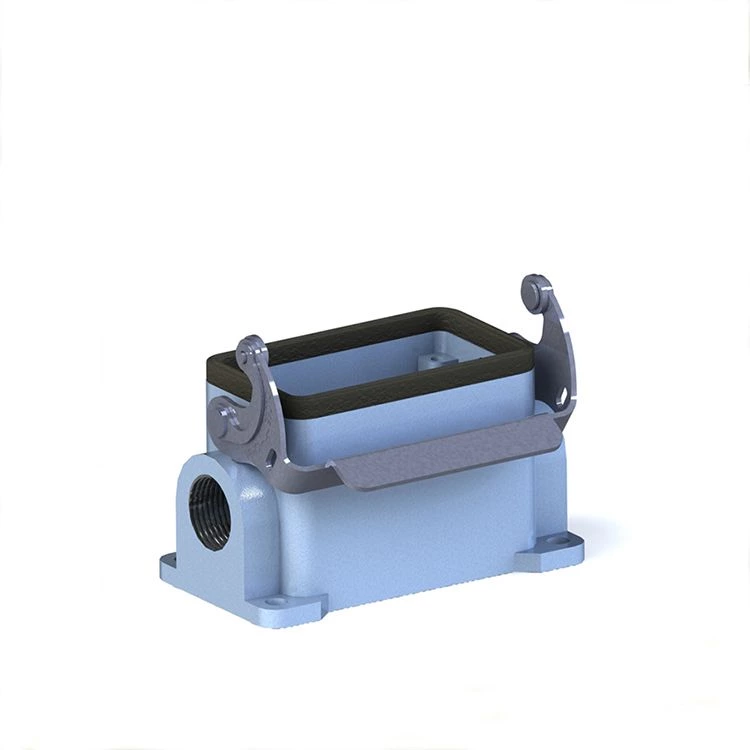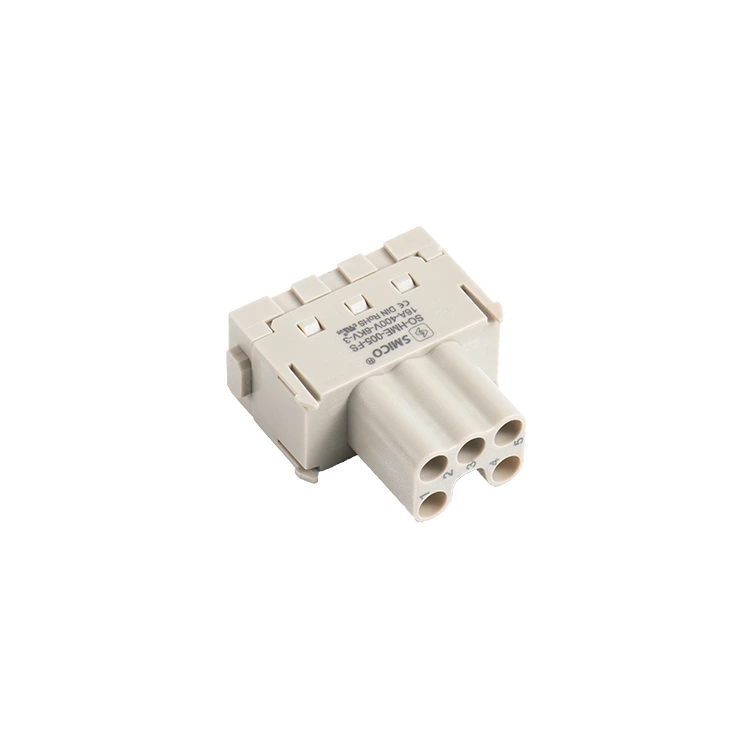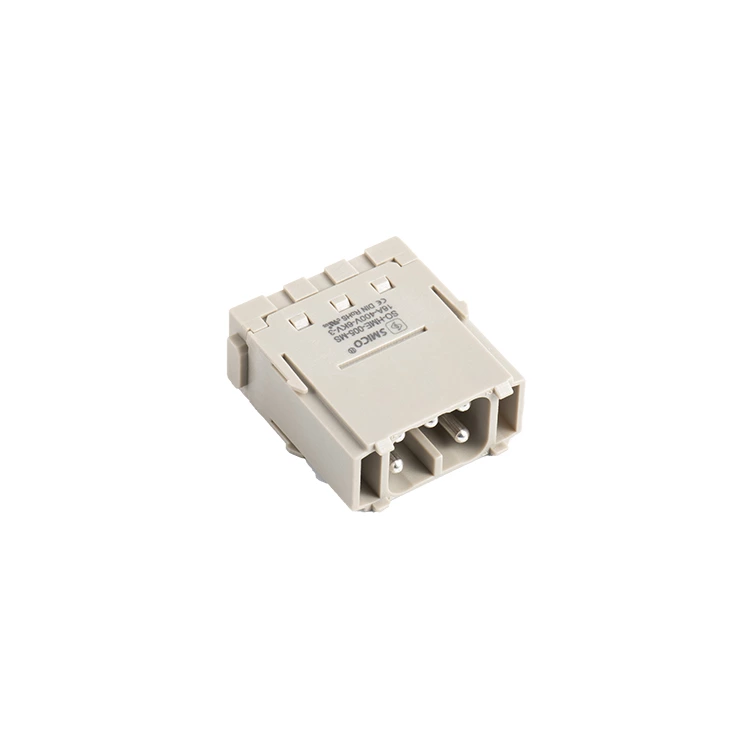Energy Storage Connector Falling Into False Prosperity
03 Business model to be run through
The domestic power generation side energy storage connector has not yet formed an effective business model.
In stark contrast to the foreign household energy storage market, domestic power generation side energy storage may be the market with the smallest profit margin, the most intense competition, and the worst quality battery storage connector.
The fundamental reason behind this is that domestic power generation side energy storage has not yet formed an effective business model. Tianfeng Securities pointed out that at the current time, my country's energy storage system is not economical in terms of power generation, power grid, and power consumption. However, under the policy side's mandatory requirement for the configuration of energy storage on the power generation side, my country's energy storage market will be mainly driven by the power generation side in the future.
At present, the main source of income for domestic photovoltaic and wind farms equipped with energy storage systems is to provide peak-shaving services, but according to the current compensation standards, it is not cost-effective for power stations to provide peak-shaving services with energy storage.
It is reported that the current storage cost of energy storage batteries is 0.5~0.6 yuan per kilowatt-hour. If the operating cost and energy loss are added, the cost will be 0.8~0.9 yuan/kWh, but most of the peak-shaving compensation prices are lower than this figure. Therefore, the storage connector projects would rather be idle than be called up to participate in peak regulation. As the White Paper points out, "most of the built energy storage projects have not yet formed a stable and reasonable profit model" and "the phenomenon of mandatory energy storage grid connection and idleness is common."
In this context, although more than 20 provinces and cities in China have issued relevant documents requiring new energy installations to be "mandatorily equipped" with energy storage, due to the lack of stable and reasonable returns, energy storage projects have been invested in vain and can only be idle, and the profit margin of power station development has been compressed.
Especially when photovoltaic and wind power are connected to the grid at parity and upstream raw material prices are also rising, the yield of power station developers is itself negatively affected, and they are bound to compress the additional cost of energy storage and pursue lower prices rather than the quality and durability of energy storage systems. For example, Sungrow Power Supply stated at an investor exchange meeting that in response to the domestic mandatory energy storage requirements, "try to use second-tier brand batteries."
This practice will further cause price wars among energy storage companies, and the price increase of upstream raw materials is difficult to effectively transmit, and can only be digested and absorbed by the energy storage companies themselves. Especially for small and medium-sized enterprises with weaker strength, as the White Paper says, "it is difficult to move forward."
In the long run, if the problem of energy storage commercialization is not effectively solved, the phenomenon of "indicator-based" energy storage projects will always exist. This is not only a waste of resources, but also causes downstream companies to blindly pursue low costs of energy storage, engage in price wars, and suppress the profitability of energy storage companies.
However, under the 2030 carbon peak target and the policy of strong energy storage, the growth of the energy storage market scale is always rigid and certain. Once the market mechanism is straightened out, the profit space of this track is likely to explode in an instant. This is also one of the reasons why many energy storage companies are constantly increasing their investment even if they are not profitable.
For domestic energy storage companies, there is a rugged mountain road in front of them, but it will be a road that will become wider and wider in the future. The first half of the competition is about financial strength and low cost, which requires energy storage companies to balance scale and profit, so as not to fall behind and be sustainable;
The second half of the competition is about technology and innovation. Once the market mechanism of energy storage on the power generation side is straightened out, the focus of downstream customers will shift from cost to energy efficiency, which requires energy storage companies to give full play to the maximum potential of energy storage systems through technological innovation. As Liu Yong, secretary general of the Energy Storage Application Branch of the China Chemical and Physical Power Industry Association, said, "Building high-efficiency, low-cost, and highly adaptable energy storage power stations is the common goal pursued by the energy storage industry."










